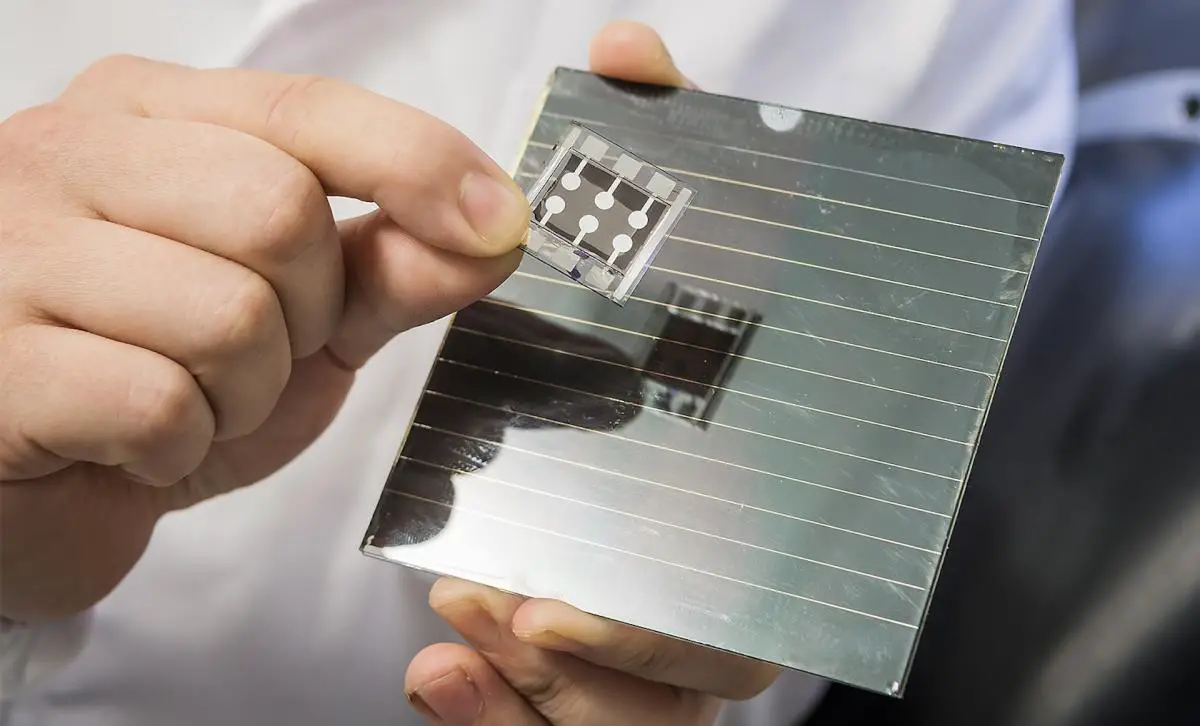Complex solar cell research coming out of Hong Kong could add valuable percentage points to panel efficiency rates while simplifying manufacturing, according to a story from PV Magazine.
The latest breakthrough from City University of Hong Kong involves a new fabrication technique for promising perovskite cells. Perovskites are a group of materials that can efficiently turn sunlight into energy with low production costs. Stability and durability remain hurdles with the mineral, per the U.S. Energy Department.
The team from Hong Kong addresses the concerns with two innovations.
“The first involved integrating the hole-selective materials and the perovskite layers, to simplify the manufacturing process. The second involved replacing traditional organic materials, such as fullerene and bathocuproine, with tin oxide, an inorganic electron transport layer, in a process known as the atomic layer deposition method,” per PV’s description.
Labspeak aside, the big takeaway is that the changes resulted in a 25% efficiency, meaning the cells can turn a quarter of the sunlight hitting them into energy. What’s more, they maintained 95% of their efficiency after 2,000 hours of operation, per the report.
“The device structure reported in this study represents the most simplified architecture in the current field of perovskite solar cells, offering significant advantages for industrialization,” study co-author Gao Danpeng said in the story.
Watch now: Concerns grow as production of cult-classic condiment halts amid severe drought
Perovskites are being researched in numerous labs. Experts are adding lead to the mix in Korea, silicon in England, and an invention in China has marked an astounding efficiency rate of greater than 28%.
MarketWatch reports that most panels have rates between 15% and 20%.
The Hong Kong research was also touted in the PV report as having the potential to make solar panels more affordable. Rooftop setups cost $12,700 on average, as noted by Forbes. Valuable tax breaks can cover up to 30% of the installation costs. After they are up and running, the suncatchers save homeowners nearly $700 a year on energy bills, according to a government study. That’s even after factoring out the cost of the system.
If you were to install home solar panels, which of these factors would be your primary motivation?
Energy independence
Lower power bills
Helping the planet
No chance I ever go solar
Click your choice to see results and speak your mind
Online services like EnergySage can help you maximize savings while finding the best installer.
Better-performing panels will help to boost savings while reducing household production of heat-trapping air pollution. The harmful fumes are linked by medical experts to lung, heart, and other health problems.
Next up for the Hong Kong team is applying their technique to larger modules.
“With the potential to be implemented in solar energy systems within the next five years, this research is a critical step toward achieving more sustainable and environmentally friendly energy production globally,” Professor Zhu Zonglong said in the PV story.
Join our free newsletter for weekly updates on the latest innovations improving our lives and shaping our future, and don’t miss this cool list of easy ways to help yourself while helping the planet.


Leave a Comment